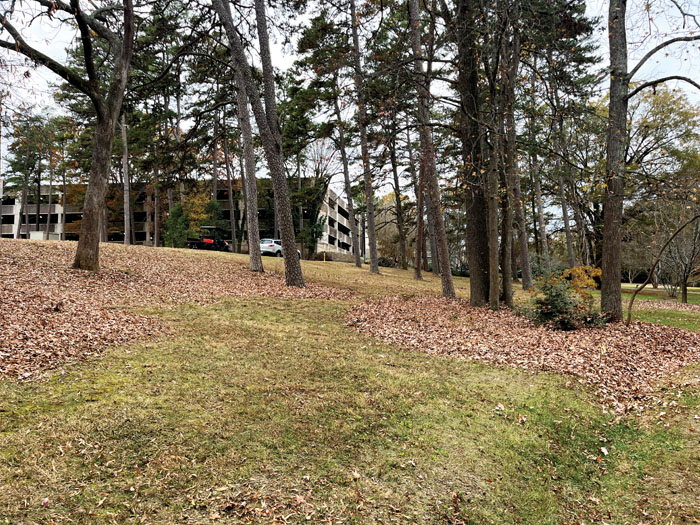Sarina Dellinger: November questions and answers from Hurley Park
Published 12:00 am Saturday, November 18, 2023
By Sarina Dellinger
For the Salisbury Post
Question: I’m curious about “leaving the leaves,” but I’m not sure where to start — Do they break down? How thick should they be? Does this hurt my perennials and shrubs?
Answer: Last year was the first year we significantly left the leaves around Hurley Park and we’re continuing it again this year. The primary focus when leaving the leaves is to protect overwintering habitat for pollinators and other insects. The additional benefits range from free mulch, weed reduction and addition of nutrients back into your soil. The rate of breakdown depends on what type of leaves you have. Check out your leaves size and texture to give you an idea of how quickly you can expect them to break down. Oak leaves break down very slowly where maples will mostly be gone by the end of spring. It’s not advisable to chop the leaves up if you’re trying to protect pollinators, so depending on the type of leaf and location you may choose to move the leaves to a better location.
Thickness really depends on the area you’re leaving them in. Some areas of the park we distribute about 4 to 5 inches of leaves in them and others just a light layer. Around tree rings, large mulched areas and woodland edges it won’t hurt anything to pile on leaves as they continue to fall. In gardens with delicate spring bulbs or evergreen perennials like creeping phlox, you wouldn’t want to leave a thick layer of leaves. In our native gardens with perennials like trillium, leaving a thicker layer of leaves won’t hurt them because they’re native to our woodlands where leaves have been falling for millennia. As you visit Hurley Park this fall, look closely for inspiration on how to leave the leaves.
Question: Why are your camellias already in full bloom?
Answer: Camellias typically bloom in North Carolina from late October through March. Their species, cultivar, location and environmental factors all play a part in what time they bloom. Many of the camellias at Hurley Park are Sasanqua camellias which bloom late fall through winter, a bit earlier than Japanese camellias. A few notable specimens at Hurley Park include “Yuletide” in the Reamer-Sned Garden, “Cleopatra” in the Gascogine Fern Glade, and “Mine-no-yuki” in the Collier Garden.
Question: Are you going to replace the gazebo?
Answer: Yes! In case you missed it, our large gazebo on Annandale Avenue was crushed by a tree during the summer. We are expecting the delivery of the gazebo at the end of November. Once delivered, the assembly will begin. By the time spring rolls around Hurley Park will be graced with a new gazebo custom built to the prior style and specifications.
One last note — we are having one more program this year on Wednesday, Dec. 6, from 5 to 7 p.m., open to anyone 13 and older. Register at salisburync.gov/PLAY to join us for an evening creating nature ornaments. Check out our Facebook or Instagram @HurleyParkNC to see the creations from the last nature ornament workshop. If you have any additional questions, please give us a call at 704-638-5298. Happy gardening!
Sarina Dellinger is public garden supervisor for Salisbury Parks and Rec.







